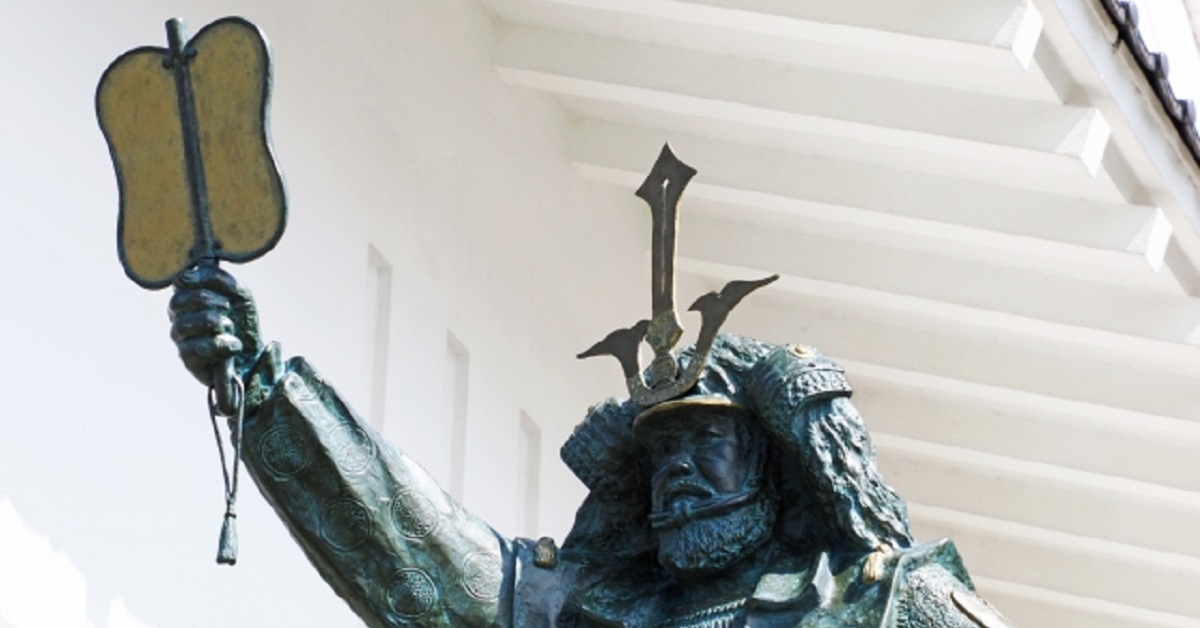The Gunbai is a fan-shaped ceremonial tool held by referees in Japanese sumo. Its origins date back to the Sengoku period, where it served as a military command fan for warlords. Over centuries, the Gunbai evolved into a symbol of authority and judgment in sumo, representing not only fair play but also the etiquette and tradition of Japanese culture.
Origin and History of the Gunbai
The history of the Gunbai dates back to the Sengoku period. At that time, warlords used the Gunbai Uchiwa on the battlefield to give orders for troop positioning and movement. This fan served as both a tool for calm decision-making and a symbol of the commander’s authority.
During the peaceful Edo period, the Gunbai was no longer used in battle but instead in formal ceremonies and rituals. Eventually, the custom emerged for sumo referees to carry the Gunbai, and it continues to this day.
Historical Changes of the Gunbai
| Era | Usage | Features |
|---|---|---|
| Sengoku period | Battlefield command | Symbol of warlord authority, focused on practicality |
| Edo period | Ceremonies and rituals | Increased decorative qualities |
| Modern era | Sumo officiating | Shows referee’s authority and makes judgments |
Role of the Gunbai in Sumo
In sumo, the Gunbai is used by the referee to declare the winner. When a bout ends, the referee points the Gunbai toward the winning side to make the judgment clear. This movement is an important gesture to show the winner not only to the wrestlers but also to the audience.
The Gunbai is also used before a bout begins, as the referee raises and lowers it to signal the start of the match. This helps maintain the flow of the entire contest.
Main Functions of the Gunbai
| Purpose | Specific Action | Meaning |
|---|---|---|
| Declaring victory | Pointing the Gunbai to the winner’s side | Official announcement of the winner |
| Match start signal | Raising and lowering the Gunbai | Indicating the start of the bout |
| Symbol of authority | Always held in hand | Shows the referee’s role and status |
Shape and Materials of the Gunbai
The Gunbai is fan-shaped, made of a handle and a fan surface. The fan surface is often made of wood and paper, layered and finished with lacquer or gold leaf. The handle is designed with anti-slip features for a firm grip.
Materials vary depending on the time period and the referee’s rank. Higher-ranked referees tend to have Gunbai with more elaborate decorations.
Materials and Features of the Gunbai
| Part | Material | Features |
|---|---|---|
| Fan surface | Wood, paper, lacquer | Lightweight and durable |
| Handle | Wood, bamboo | Easy to grip and non-slip |
| Decoration | Gold leaf, lacquer | Shows rank and prestige |
Cultural Value of the Gunbai for Foreign Visitors
Foreign visitors are often fascinated by the symbolic nature of the Gunbai seen in sumo. It is not just a sports tool but a cultural artifact embodying Japanese history, Bushido values, and etiquette.
The movement of the Gunbai adds tension to the match and draws the audience in. Thus, the Gunbai serves both as a practical tool for officiating and as part of the cultural performance in sumo.
Key Points That Interest Foreigners
| Perspective | Explanation |
|---|---|
| Historical background | Originated from the Sengoku period Gunbai Uchiwa |
| Artistic value | Lacquer and gold leaf decorations |
| Ritual significance | Integrated into the referee’s gestures |
Conclusion
The Gunbai has evolved from a battlefield command tool during the Sengoku period to a symbolic item in sumo. In sumo, it serves as a symbol of authority and a clear indicator of match results. Every aspect—from its shape and materials to the gestures used—has meaning. For foreign spectators, the more they learn about the Gunbai, the more they can appreciate its deep cultural significance.





コメント